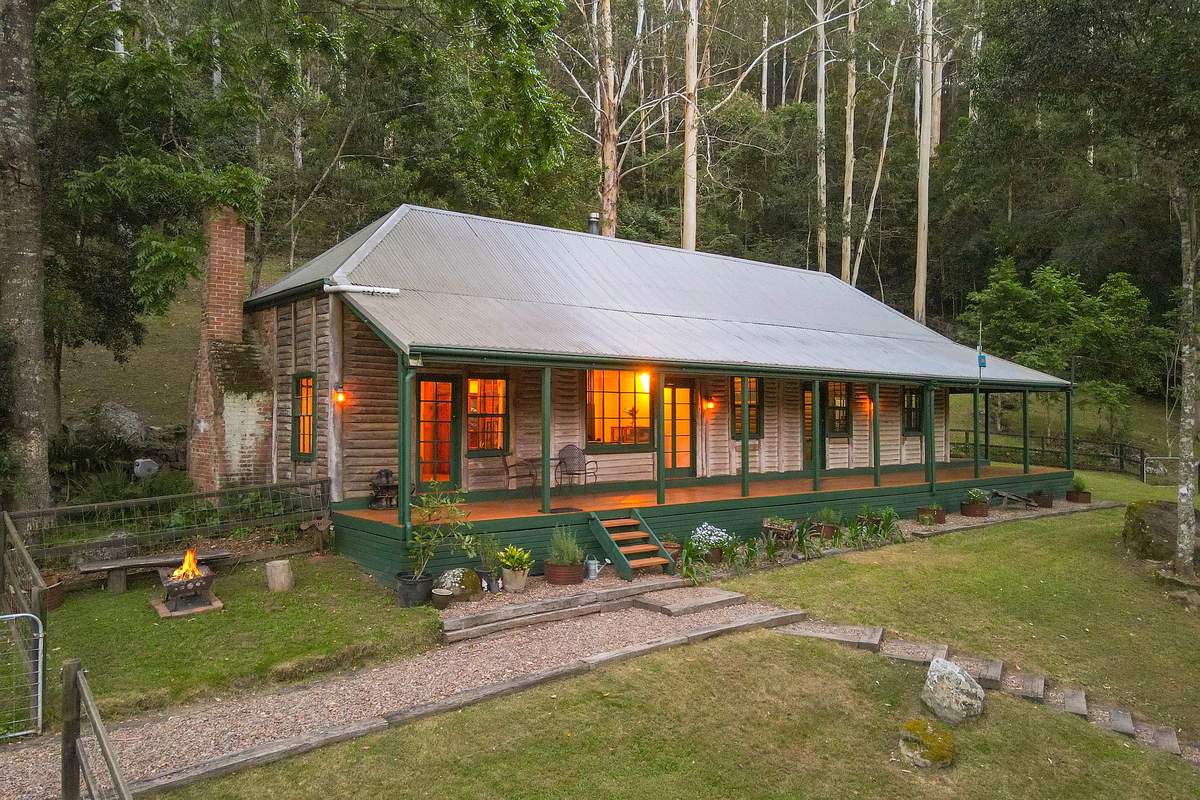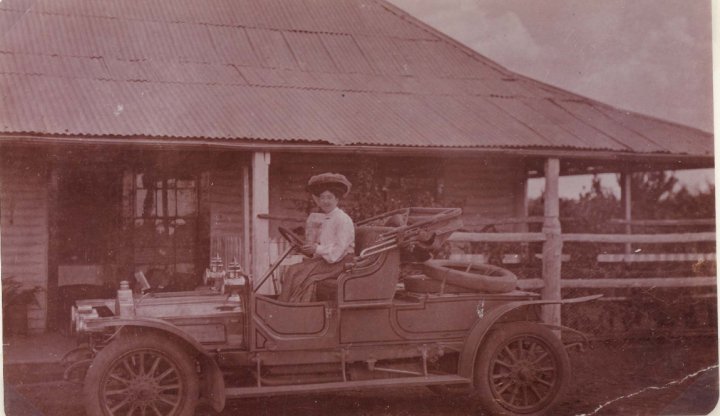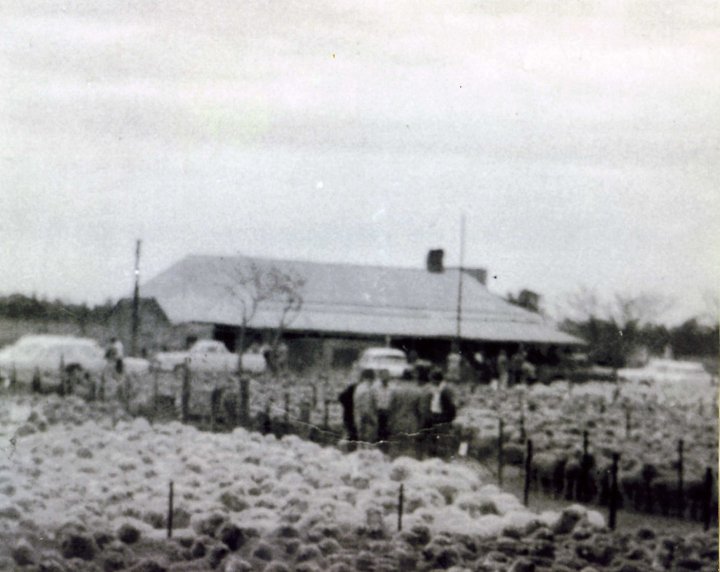Canberra-based environmental architect, Peter Freeman, researched and wrote ‘The Homestead: A Riverina Anthology’, published in 1982 by Oxford. This followed earlier ‘The Woolshed: A Riverina Anthology’. The former documents in detail, 30 differing homestead complexes, particularly those then threatened by disuse, decay and vandalism.
‘Willanthry’ is one, and was in the Lachlan Squatting District, tucked in a bend of the Lachlan’s south bank, at what was a natural ford and strategic crossing for squatters venturing into the Western Riverina, itinerants, Mt Hope miners, and ore from that mine on its way to the Murrumbidgee at Hay. The ford became redundant following the rail link, from Temora north to Roto, with its high bridge at what is now Hillston, downstream. Willanthry village lost its purpose, eventually being abandoned.
‘Willanthry’ was a modest store building, of vernacular cypress pine construction…’perhaps the best extant example of drop-log building technique in the Riverina’…Freeman wrote. He went further: ‘The uniqueness of this building lies in the excellence of its bush timberwork. After a hundred years, no cracks can be seen at the drop-log joints; the walls stand straight and true; and there is a real sense of solidity, diminished only by the failure of the building’s verandah skin. This building should be restored and conserved. The drop logs were of local cypress, axe and adze were the tools. Fasteners were not available, not made, and not used. An iron roof replaced timber shingles, as this English material became available, probably after 1880 or so.
It became a Post Office and hotel, servicing visiting magistrates, and Hay priests, who celebrated mass there. In 1867, it was bailed up by the Riverina Gang, of bushrangers. Cobb and Co are said to have called. Being on private property, Willanthry Station, and given its isolation, ‘Willanthry’ was not restored, as Freeman wanted. However, it did achieve Registration on the National Estate, just after the time of its dismantling, relocation to Brush Creek, and reassembly of the sandstock bricks, dug on the Lachlan site, into sitting room fireplace and chimney, with the soft Wolverhampton iron, reassembled into the roof.
The Glassfords refitted the historic 16 pane Georgian window, which let light into the store, to the relocated homestead. This window rated particular mention in the Heritage Council’s listing on the National Estate. They also opened up the interior to create a large living space, consisting of sitting room, dining room, and kitchen, with its heavy Grey Ironbark bench [cut at Smith’s sawmill, down Brush Creek at its Wyong Creek junction]. Ceiling height is 14 feet [4.3m], and additional Stringybark [dry ridge] poles were cut and dressed by Macka & Sonny Fernance, never allowed to touch the ground.
Also relevant is the ‘Mundarlo’ woolshed, distinctive for its delicate six pane windows and frames, c 1852. The ‘Mundarlo’ shed, between Gundagai and Tarcutta, on the old Port Phillip Road, was seriously deteriorating when Freeman researched it; Glassford recovered the windows and frames for the relocated ‘Willanthry’. Fire has since destroyed it.
Glassford believes ‘Willanthry’ to have been built by the same bush carpenter, who constructed that iconic, now derelict, Aussie bush pub at One Tree, on the One Tree Plain, between Hay and Booligal, There are clear similarities in roof angles, wall construction and proportions. Sadly, it is deteriorating, not withstanding aspirations of heritage interests in Hay. ‘Willanthry’ was saved by its relocation, and can provide an interesting picture of aspects of late 19th century life in the Riverina. The One Tree pub was located at the junction of the country’s two major stock routes, where a huge Government tank watered the drovers’ mobs. This location always attracted drovers & shearers, and continues to attract drovers’ camps.


